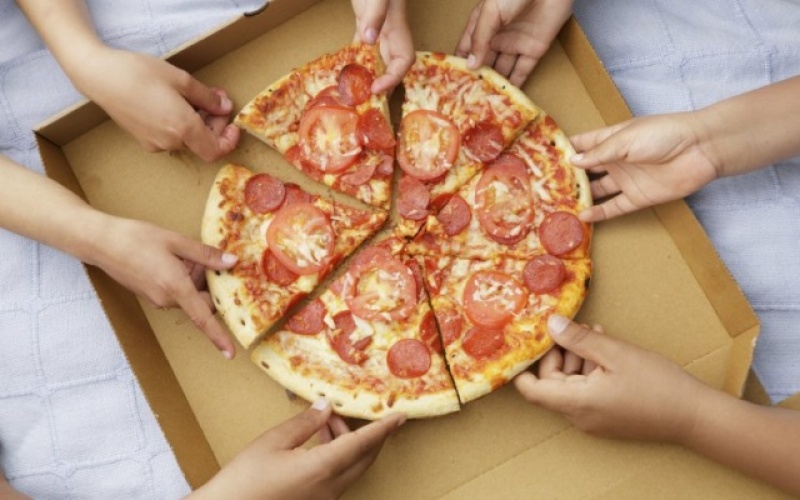
There’s nothing quite like a slab of crunchy toast with a slathering of peanut butter on top. That heady mix of fat and carb is what has kept civilisation going since Sun-Pat crunched its first peanut.
And according to a new study from Yale University, there’s a reason why we love that kind of combo. Avo toast or fast food – all of them are high in carbohydrates and fat (good or bad) and we’re designed to find that combination more rewarding than other meals.
Our brains have adapted to see foods that combine fats and carbs as being more energy dense (which they are).
‘The biological process that regulates the association of foods with their nutritional value evolved to carefully define the value of a food so that organisms can make adaptive decisions,’ says senior author Dana Small, director of Yale University’s Modern Diet and Physiology Research Centre.
‘Surprisingly, foods containing fats and carbohydrates appear to signal their potential caloric loads to the brain via distinct mechanisms. Our participants were very accurate at estimating calories from fat and very poor at estimating calories from carbohydrate.’
Working with scientists from Germany, Switzerland and Canada, Small assessed volunteers’ neural responses to food cues.
Participants underwent brain scans while being shown photos of snacks containing mostly fat, mostly sugar, and a heady combo of fat and carbs.
And researchers found that people were willing to pay more for the fat-carb combo snacks, and that those foods lit up neural circuits in the reward centre of the brain more than a volunteer’s favourite food – which may have been more energy-dense or a larger portion size.
‘Our study shows that when both nutrients are combined, the brain seems to overestimate the energetic value of the food,’ Small concludes.
The study helps to explain why so many of us crave fatty, carby foods (hello doughnuts) and why it’s so easy to overeat them. Fats and carbs don’t naturally occur together apart from in breast milk.
We’ve only really been combining the two elements in processed foods for around 150 years – not long enough for us to develop accurate brain responses to them.
And today, our diets are packed with delicious, convenient snacks which promise a high-calorie macro mix.
The study says: ‘One mechanism by which the modern food environment may promote overeating is by combining fat and carbohydrate to potentiate reward and therefore facilitate the transition to habitual responding as is observed in drugs of abuse ‘In the modern food environment that is rife with processed foods high in fat and carbohydrate like doughnuts, french fries, chocolate bars and potato chips, this reward potentiation may backfire to promote overeating and obesity.’
It’s worth saying that not all carbs and fats are created equal and that if you’re combining very high fibre carbs with low starch, it’s not an issue.
Go for wholegrain over white flour and refined products.
Avocado on hemp bread, celery and peanut butter, mixed nuts. Those combos aren’t going to raise your insulin levels or create the same kind of fat-storing that high starch-fat combinations like pizza and burgers might.
Source: Metro.co.uk

































